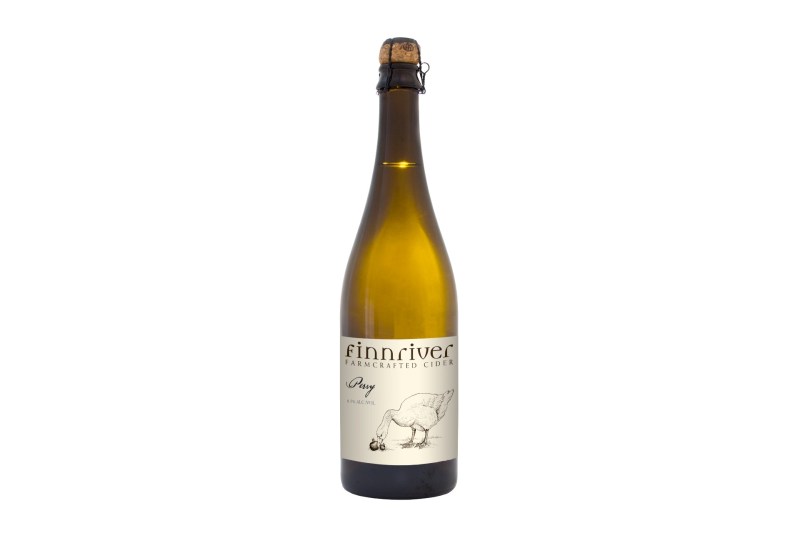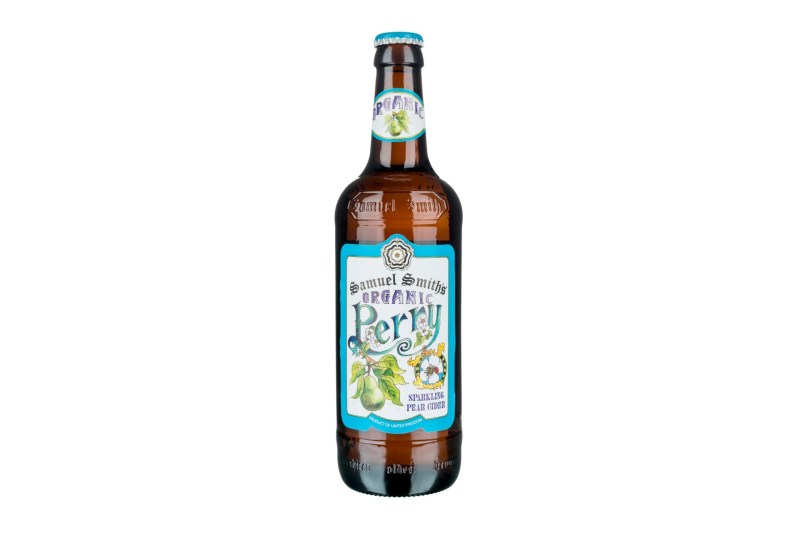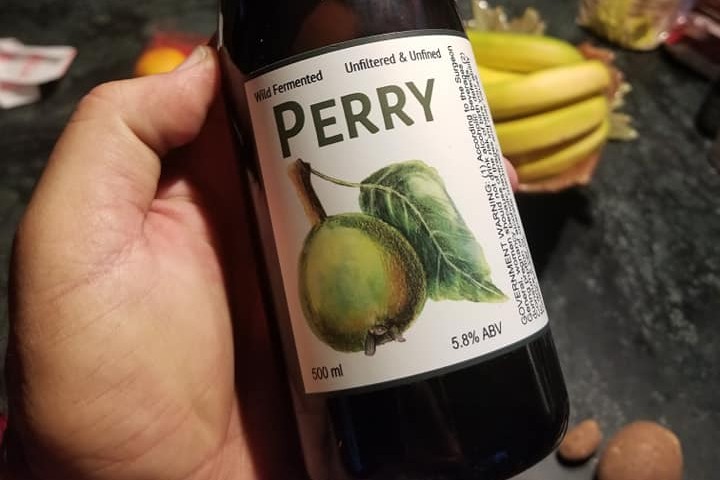When it comes to cider, apples bask in all of the glory. But there’s a sibling cider made from a like-minded fruit that can yield a hard beverage as good or better.
Pear cider, affectionally called perry, is a refreshing sip of autumn. As a relatively new American drink, bottles still have to be sniffed out stateside. Across the pond in Europe where it was first fermented a couple of hundred years ago, pear cider is quite popular. Countries like Spain, England, and France take great pride in the stuff and have for generations. Today, there’s an entire culture built around European perry.
While the Romans dabbled in pear winemaking way, way back it wasn’t until the late 16th century that pear cider as we know it took off. It was first prepared in the fertile stretches of western England and by the time the country was in the midst of a civil war, pear cider became a go-to drink, especially among soldiers. Future skirmishes with neighboring nations like France (with its seemingly endless pipeline of booze, namely wine) caused an uptick in domestic English perry production. Quite simply, hooch had to be had and pears grew well in the temperate U.K. climate.
In the states, pear cider is growing in popularity, if only moderately. We’re seeing more research on methods from key institutions like Washington State University and Oregon State University, a pair of major agricultural schools set in the orchard-friendly Pacific Northwest. And the fruit thrives elsewhere, too, like parts of the Midwest and the Northeast, where a budding number of producers are trying their hands at the lesser-known cider.
It’s not always called pear cider, perry, or even pear Champagne. In France, it’s called poire while in Spain it goes by sidra de peras. In terms of what’s in the bottle, it’s always mostly pear juice, with most countries allowing for up to 25% apple juice to be blended in. Like hard apple ciders, pear ciders will often incorporate seasonal ingredients like berries or certain herbs and spices.
In terms of method, it’s almost exactly like apple cider. The juice is pressed, often with a traditional rack-and-cloth press, the liquid is fermented (often naturally), and the result is aged briefly. Just like its apple-based cousin, pear cider revolves around a number of different varieties, selected for their varying flavors and tannic components. These are not the sweet pears you’re used to eating fresh. Instead, these tend to be smaller, brighter, sometimes too-bitter-to-eat heirloom varieties that make far better cider than anything else.
Next time you reach for a cider, try a pear version just to shake things up. The flavors can at times be deeper and more memorable than you’d expect. Keep your eyes peeled for special perry imports in the cider section of your favorite bottle shop. Here are three we strongly suggest you try to get a feel for the category.
Finnriver Farm Perry

Bottled like wine in the elegant 750-ml format, this perry from Washington state is crafted from four different pear varieties. It shows citrus and dried fruit, with a lasting touch of sweetness reminiscent of honeycomb. The cidery suggests goat cheese, grilled chicken, or antipasti for pairing.
Samuel Smith Organic Perry

Based in the U.K., Samuel Smith has become something of an iconic brewery specializing in organic offerings. The perry is rich despite a moderate alcohol content (5% ABV) and is countered by a nice, brisk crispness. It’s refreshing enough on its own and has enough depth to pair with lighter fare.
Blackduck Cidery Perry

This New York outfit operates out of the wine-centric Finger Lakes region. Blackduck’s flagship perry is nicely balanced, with noticeable tropical fruit notes and made in the ancestral way. It’s an off-dry beauty waiting to be enjoyed.


